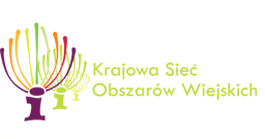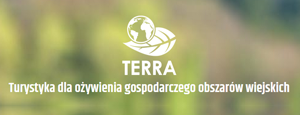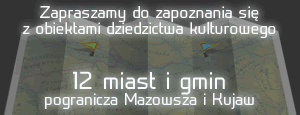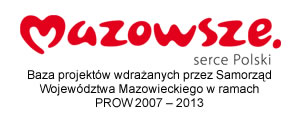English
The Local Action Group Aktywni Razem (The Active United – LAG AR) was established in February 2006. The LAG brings together representatives of three sectors: public – mainly local governments, social – non-governmental organizations and residents of the area, and private businesses. It currently has 62 members. It carries out activities for the benefit of rural areas of the Mazovia – Kujawy Vistula Borderland, aiming at the use of cultural heritage, promotion of village cultural life, effective protection and rational use of nature, promotion of the area’s economic development, particularly the tourism sector, and increase of the value added of the agricultural production. It has so far financially supported 99 projects and carried out 45 of its own projects in areas of promotion, information, research, training and cooperation.
The LAG activities cover rural municipalities of Gostynin, Iłów, Łąck, Nowy Duninów, Sanniki, Słubice, Szczawin Kościelny, Baruchowo and Kowal, as well as the towns of Gąbin and Kowal. The area is situated on the left bank of the Vistula river in the border zone of the Mazovia and Kujawsko – Pomorskie provinces. The Vistula has had a profound influence on the region’s character. Its postglacial valley constitutes more than two thirds of the area. A large part of it lies within the Gostynin – Włocławek Landscape Park (GWLP).The GWLP is an important element of the natural ecological corridor running along the Vistula and linking the Kampinos National Park with the Tuchola Forests. Over 60 % of the GWLP is covered by forests. The main attractions, unique on this scale in central Poland, are natural, postglacial lakes.
The total LAG covered area is 1,417 square km, with population of about 72,000 which equates to an average population density of 49 persons/sq. km, much lower than the average for rural areas in Poland. The northern, forested municipalities are the least populated, while the southern, more agricultural ones, are more populous. Like in many other rural areas of the country, there has been a decrease in population. The main reason is migration, especially of young people. The inflow of new residents in recent years, mainly from cities, is not sufficient to balance the outflow.
Virtually 100 % of the region’s population is of Polish origin. However, as recently as 70 years ago the ethnic structure was more varied, with sizeable populations of Jews and Germans. The World War II brought an end to this ethnic diversity but the memory of the area’s former inhabitants has remained and is a part of the cultural heritage of the region. The area once played significant role in the history of Poland. King Kazimierz Wielki (Casimir The Great) who, as the saying goes, ‚found Poland made of wood and left it made of brick’, was born in the town of Kowal in XIV century.
The area’s economy consists of agriculture, forestry, services and manufacturing. Employment in agriculture is decreasing while that in services is increasing. Agriculture is dominated by grain cultivation, while trade and construction are the main activities in the service sector. General feature of the region’s economy is insufficient job creation – many residents have to work outside the area, and still, the open or hidden unemployment level is high. The area has a relatively high tourism potential, which is currently under – exploited due to lack of a proper offer and insufficient affluence of Polish society. Most visitors belong to less affluent social groups, which hampers investment in this sector. Nevertheless, active forms of tourism are gradually developing: sailing, cycling tourism, horse-riding and ecotourism. The general objectives of the LAG’s Local Development Strategy of the Mazovia – Kujawy Vistula Borderland for the 2008 – 2015 (LDS) period include:
- Use of cultural heritage for the area’s development and animation of cultural life of its villages,
2. Protection of natural heritage and promotion of organic agriculture,
3. Strengthening and restructuring of the tourism sector,
4. Spreading the use of computers and development of an Internet – based economy.






















